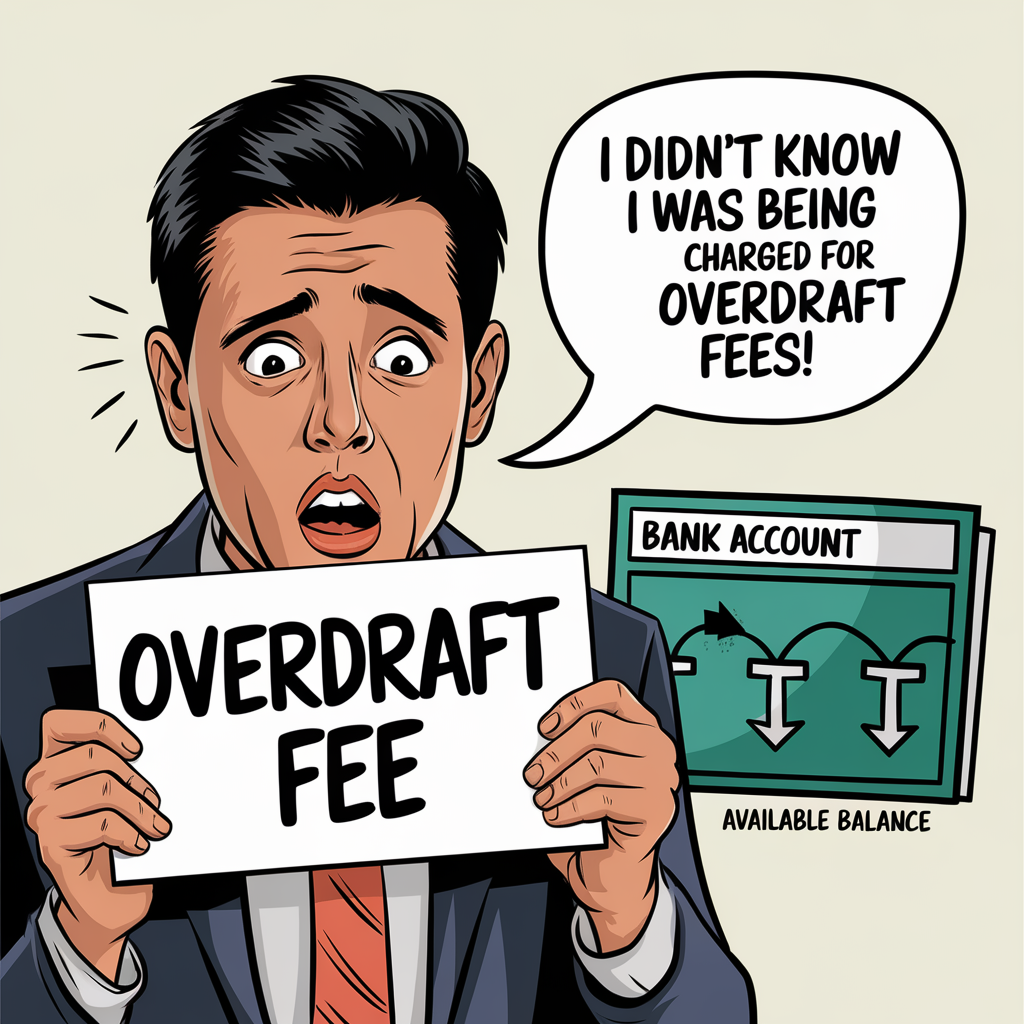Understanding Certificates of Deposit (CDs): A Comprehensive Guide
As interest rates on certificates of deposit (CDs) rise, these accounts are gaining renewed interest from investors seeking stable and predictable returns. But what exactly is a CD, and are there any risks involved? Can you ever lose money with a CD? This guide will help you understand how CDs work, the potential penalties for early withdrawal, and how to maximize your savings with a CD.
How Does a CD Work?
A CD is a type of savings account that holds a fixed amount of money at a fixed interest rate for a fixed period of time. Here’s a breakdown of how CDs function:
Fixed Deposit
When you open a CD, you agree to keep your initial deposit in the account for a specified term. For example, if you open a 12-month CD with $5,000, you must keep that $5,000 in the account for the entire year.
Fixed Interest Rate
Unlike traditional savings accounts, where interest rates can fluctuate, the annual percentage yield (APY) on a CD remains constant. The rate you start with is the rate you get for the entire term. While less common, variable-rate CDs and bump-up CDs (which allow you to adjust your rate once during the term) do exist.
Fixed Term
CDs come with a fixed term, typically ranging from three months to five or ten years. When your CD reaches its maturity date, your account dissolves. At that point, you’ll need to reinvest the funds or roll them over into a new CD. Some CDs automatically renew.
Your deposits are insured up to $250,000 by the FDIC at banks or the NCUA at credit unions. However, CDs purchased through brokerage houses or other non-bank entities may not be federally insured, so it’s essential to check before opening an account.
While the fixed deposit amount, APY, and term eliminate most surprises, there are still risks. Your earnings may not keep up with inflation, and since your money is locked up for the CD’s term, you lack flexibility. For instance, if you open a three-year CD and interest rates rise significantly six months later, you could miss out on higher returns elsewhere.
What Is a CD Early Withdrawal Penalty?
What happens if you need to withdraw your money before the CD’s maturity date? Early withdrawal penalties apply, and these should be clearly outlined in your CD’s deposit agreement. A typical penalty might be 90 days of interest on a six-month CD or 365 days of interest on a three-year CD.
The penalty might be limited to the interest you’ve earned, but if not, it could affect your principal balance. For example, if you open a six-month CD with a 90-day penalty for early withdrawal and withdraw your money after 30 days due to an unexpected expense, you may have to pay the penalty from your principal if your deposit agreement doesn’t limit the penalty to the interest earned.
While CD early withdrawal penalties are generally not catastrophic, they do reduce your potential earnings. These penalties are designed to discourage you from moving money out of your CD account. Financial institutions typically don’t charge maintenance or other fees on CDs; they rely on your money remaining in the account for the full term to justify the interest you earn.
How to Maximize Savings With a CD
Choosing the right CD involves finding the best interest rate and the most suitable term for your needs. Here are some tips to help you maximize your savings:
Compare CDs
Shop around and compare CDs from multiple banks and credit unions to find the best APY.
Choose a Suitable Term
Select a term you can commit to. Ensure you can leave your money in the CD undisturbed for the full term to avoid early withdrawal penalties.
Consider Laddering
Laddering involves opening multiple CDs with different maturity dates. This strategy allows you to avoid having all your money locked up for one period and provides more flexibility.
Understand Your Alternatives
Consider other options like high-yield savings accounts, money market accounts, or bonds, which may offer more flexibility or higher returns.
Read the Fine Print
Make sure you fully understand early withdrawal penalties, grace periods, automatic renewals, and other details, as these can vary.
The Bottom Line
CDs can add stability and predictability to your savings and investment portfolio. With a CD, you usually know exactly how much interest you’ll earn and for how long, and you don’t run a significant risk of losing your investment.
However, in exchange for predictability, you agree to keep your money in the CD for the duration of the term. To ensure this strategy aligns with your overall financial goals, consider consulting a financial advisor or reviewing your portfolio to understand the potential risks and returns. Additionally, check your available (non-CD) savings and credit health to know your options in case of sudden expenses. Understanding how CDs fit into your overall financial picture can help you decide whether they are the right choice for you.
For any mortgage service needs, feel free to contact O1ne Mortgage at 213-732-3074. Our team is here to help you navigate your financial journey with confidence.

